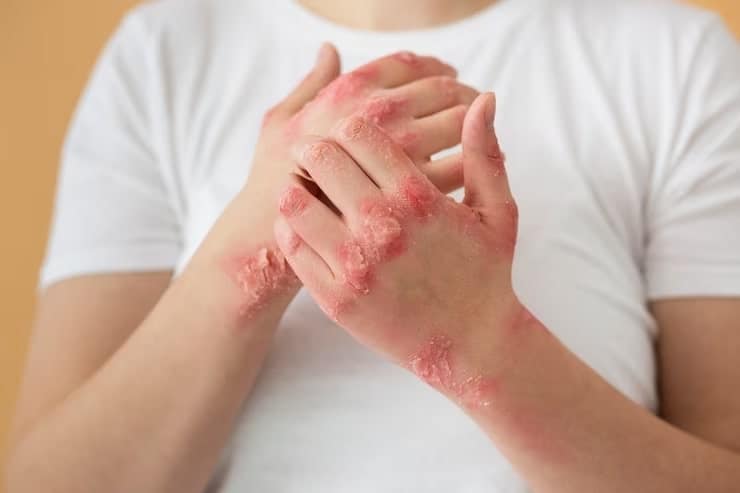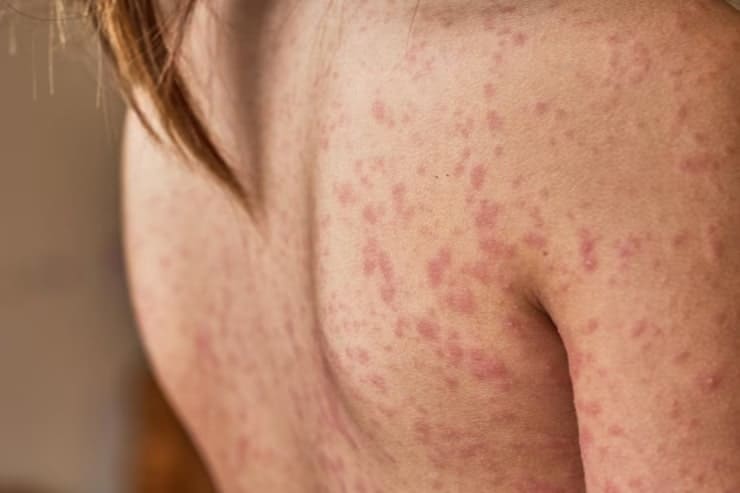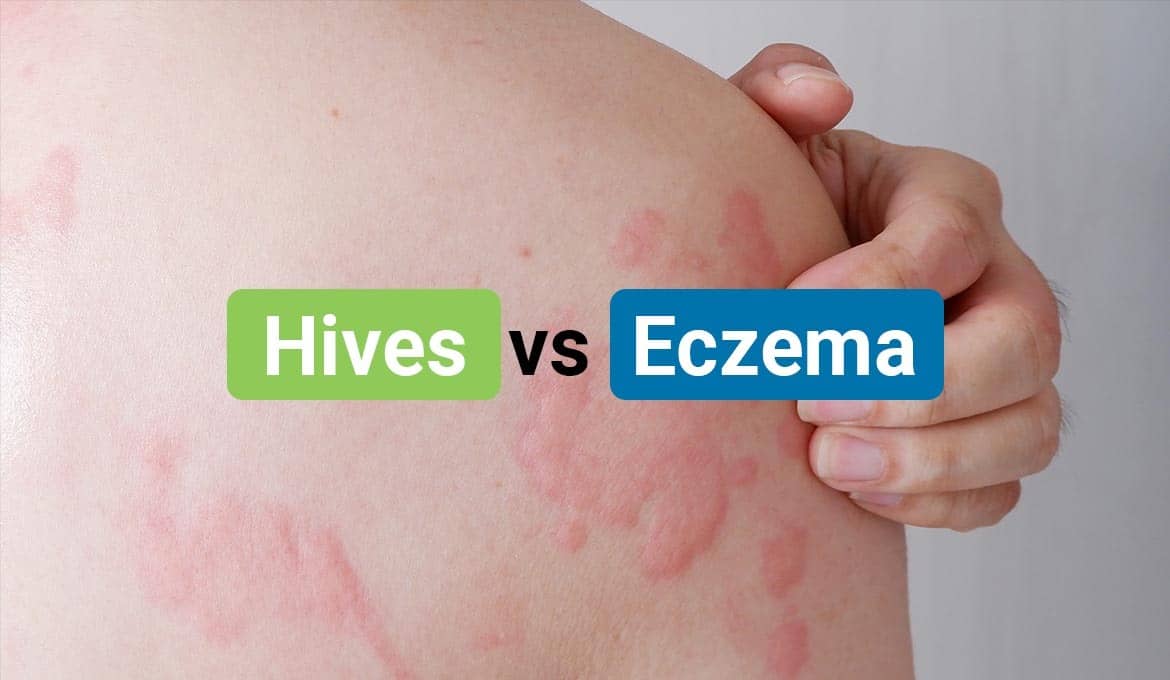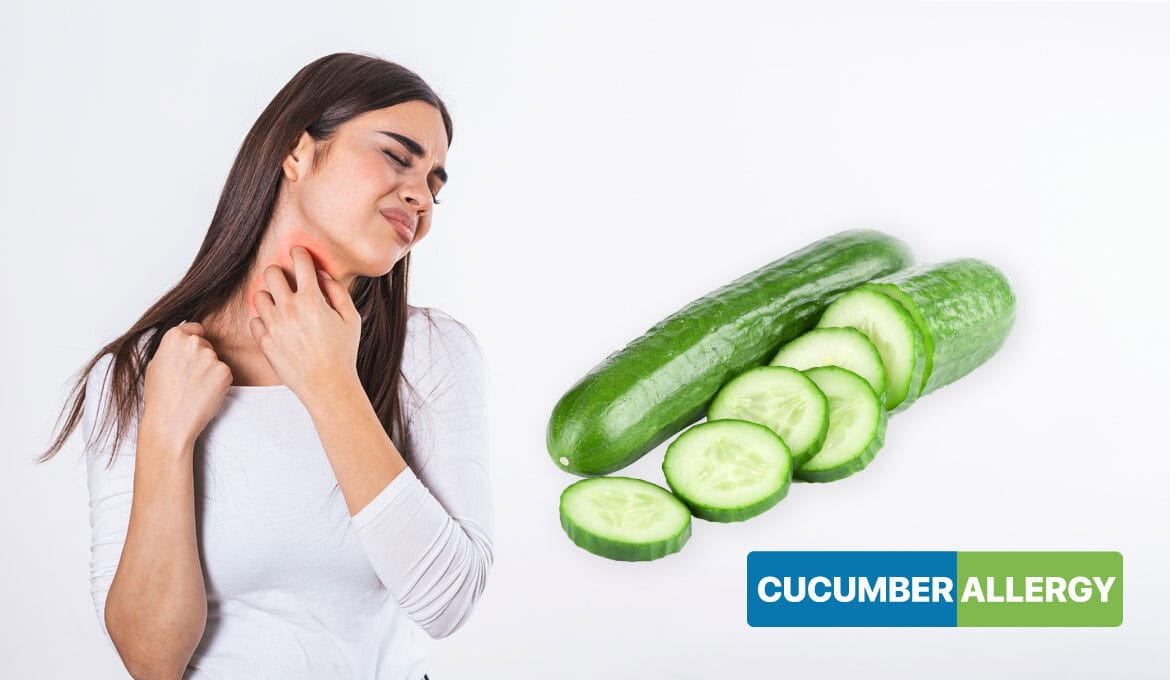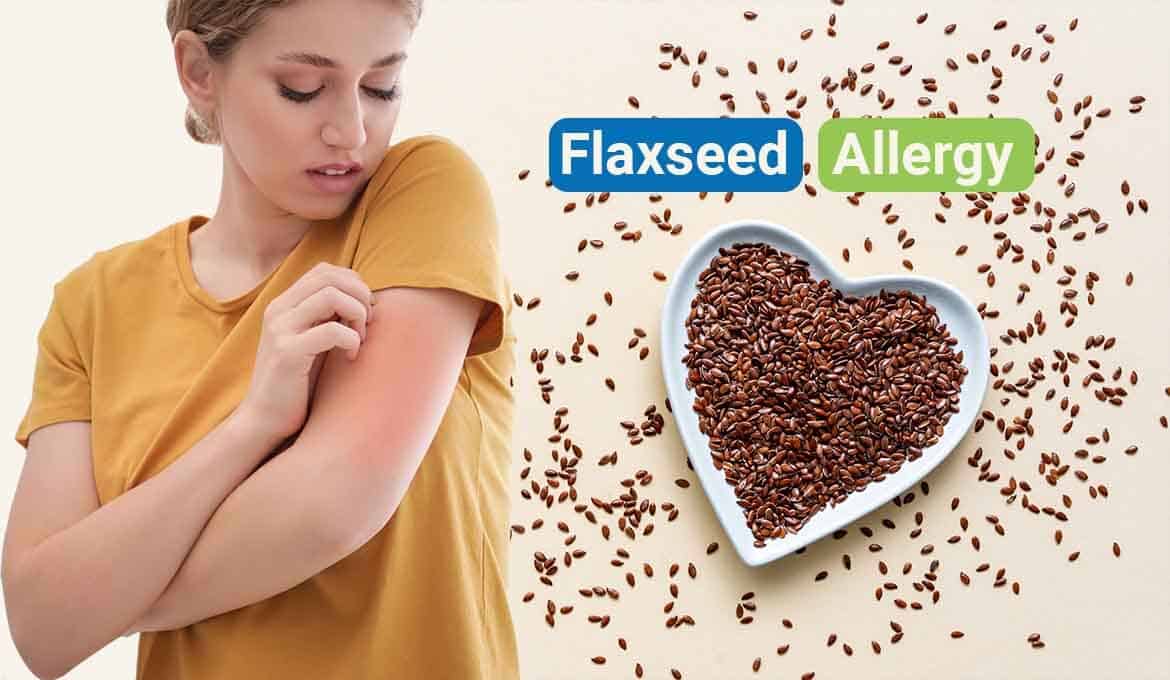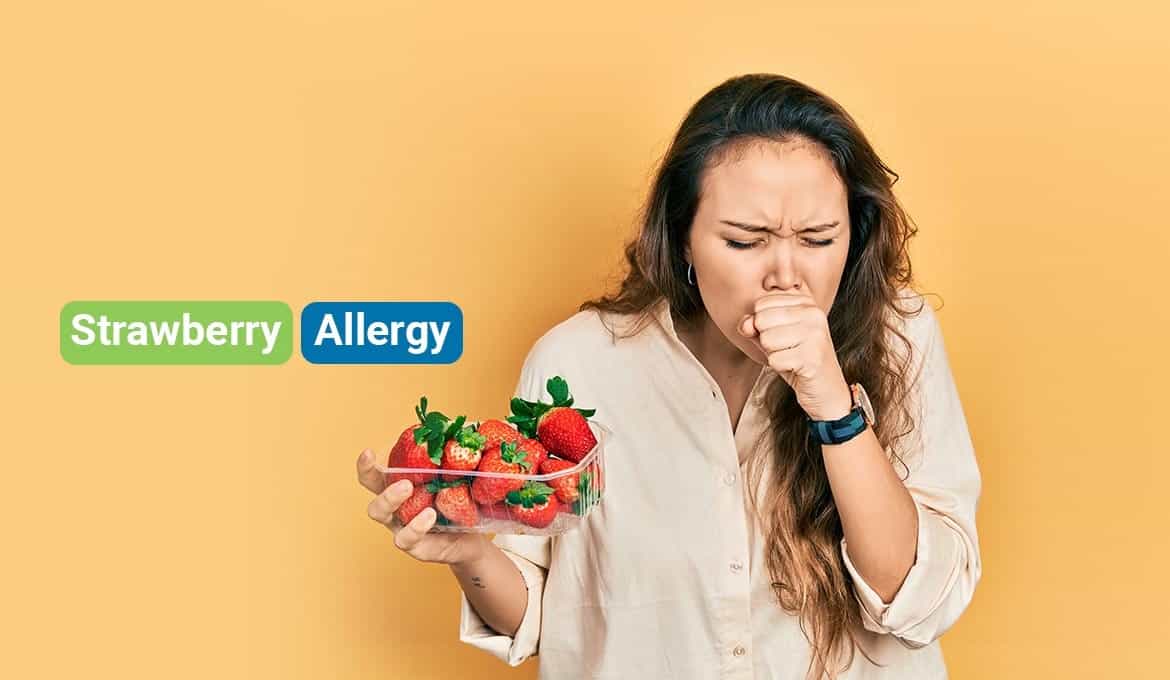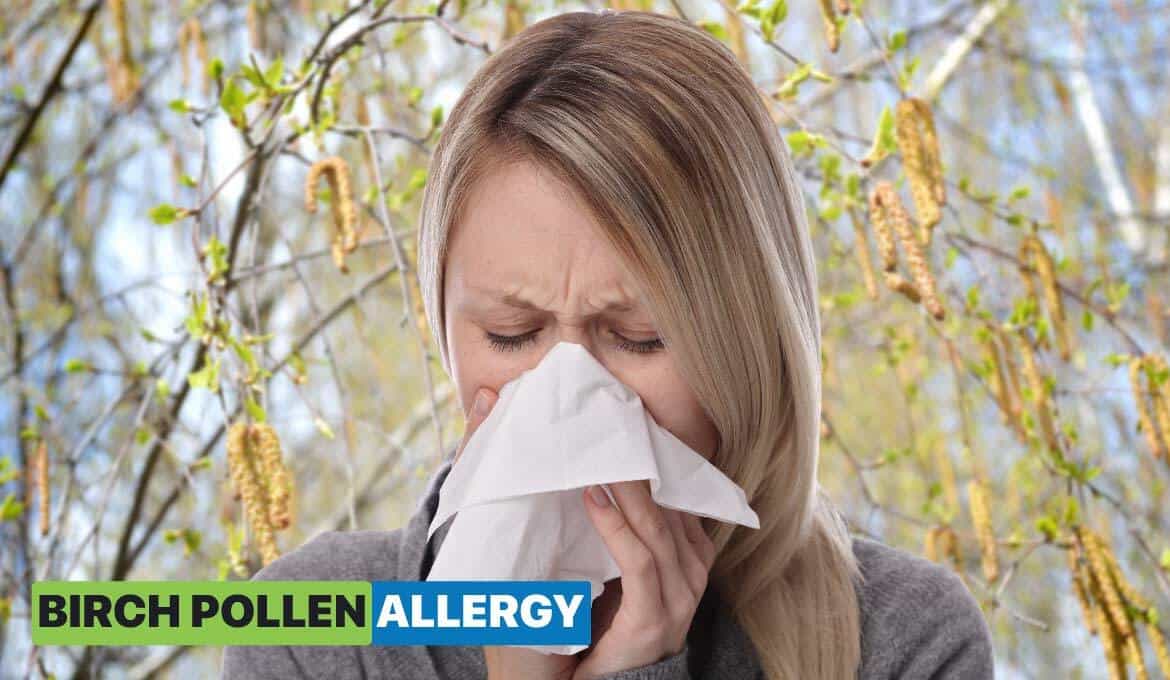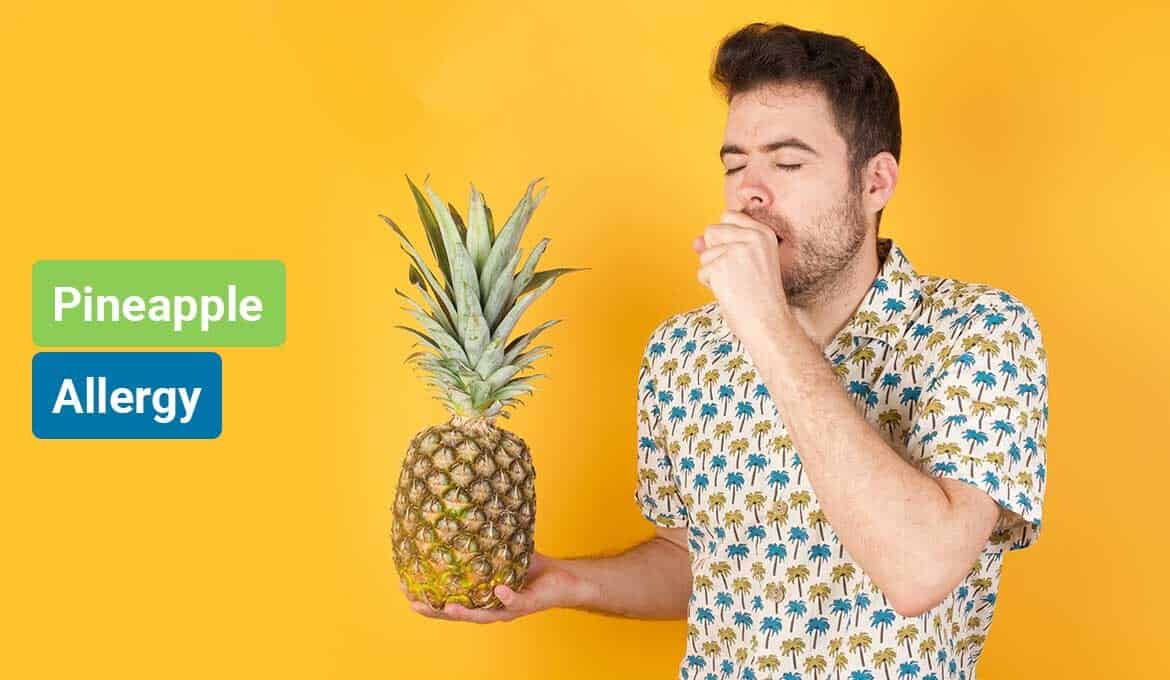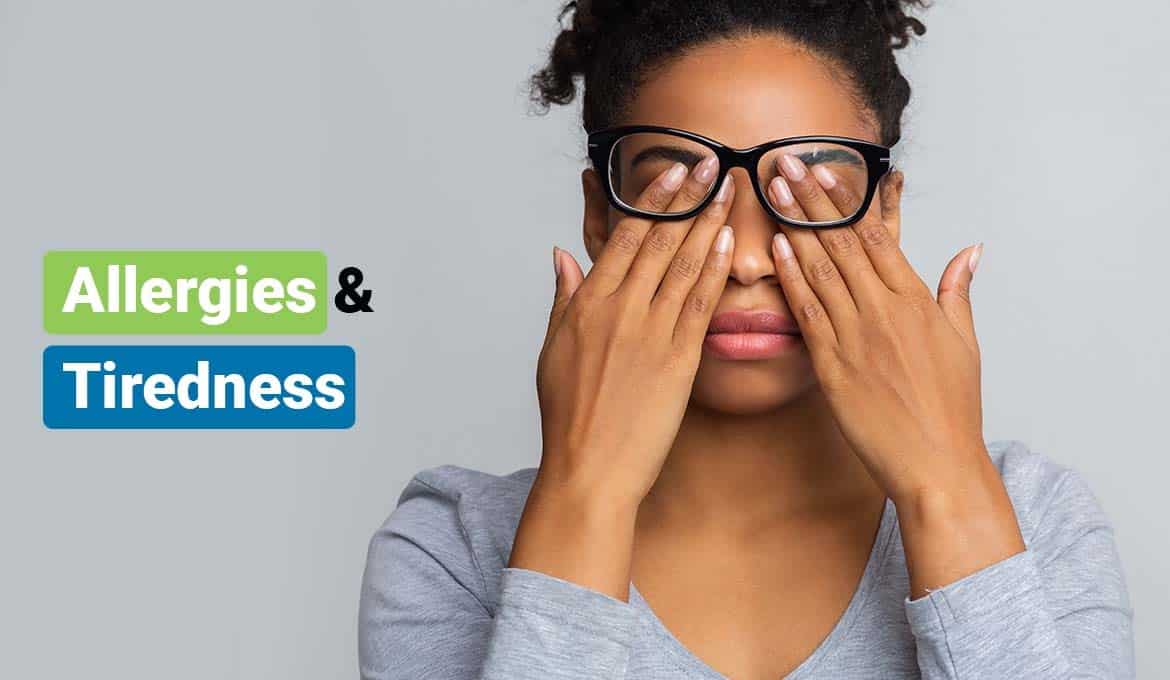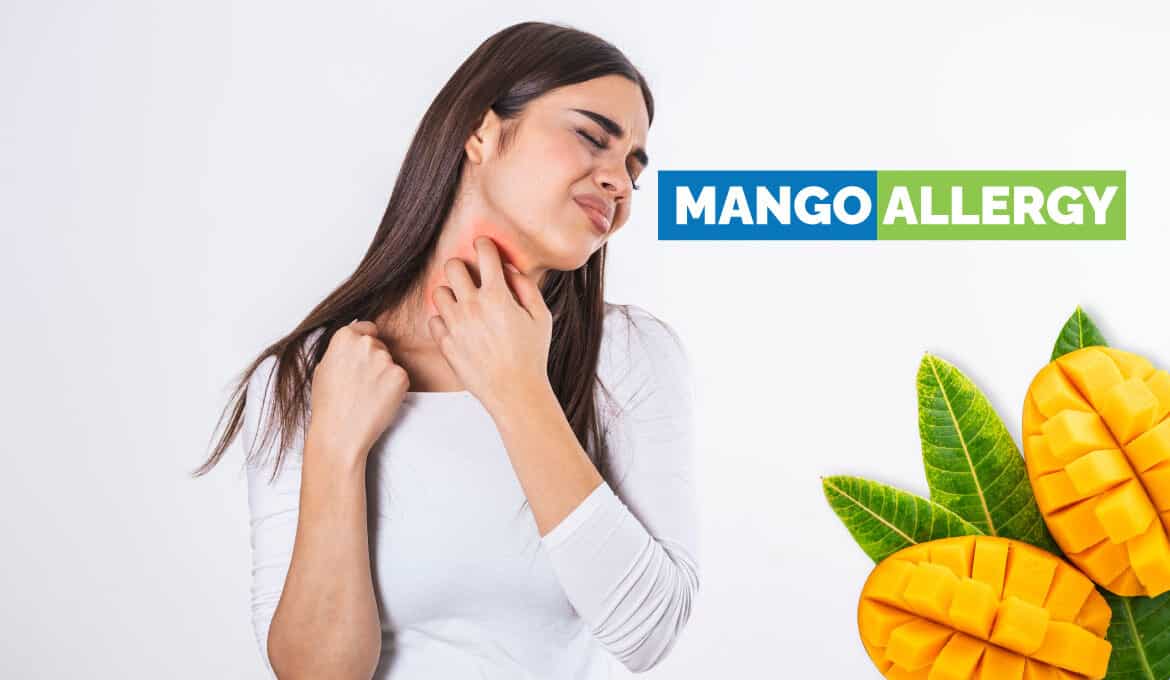
Originating in southeast Asia, the mango is one of the most popular fruits in the world. Originally grown in hot and humid tropical places, it is now widely cultivated across the globe.
They have become one of the most loved fruits in the world because of their sweet and juicy flavor, relished by young and old alike.
Mangoes have been a staple part of Asian households for over two millennia and have now gained prominence in the west as well. It’s a snack all on its own but can also be used to make salads, smoothies, juices, pies, cakes, salsas, and chutneys. Raw mangoes are also used as an ingredient in Asian cultures that can be stir-fried or added raw to savory dishes.
However, consuming mangoes can lead to an allergic reaction in some people. While the love for mangoes is widespread, consuming the fruit (for those who are allergic to the fruit) can lead to uncomfortable and potentially dangerous reactions.
Allergies are a common condition that affects millions of people around the world. An allergy is an adverse reaction of the immune system to a normally harmless substance known as an allergen.
Allergies can range from mild to severe and can cause a variety of symptoms, including itching, hives, and, in severe cases, anaphylaxis. While allergies can sometimes be a nuisance, they can also be life-threatening to those who have adverse reactions to their respective allergen.
In this article, we will explore what a mango allergy looks like, what its symptoms and causes are, how to prevent it, and which course of treatment you should consider.
Understanding how to handle a mango allergy is crucial for those who suffer from it because this can help them manage their condition more effectively.
Whether you’re a mango enthusiast or just someone looking to learn more about this condition, this article provides comprehensive information on everything you need to know about mango allergies.
What are Allergies?
Allergies refer to the reactions caused by the hypersensitivity of the immune system to typically harmless substances. These substances, called allergens, are generally considered harmless and do not affect most people.
However, the immune system of a person suffering from an allergy is triggered by allergens almost instantly.
When people with allergies are exposed to allergens, the immune system deems it to be harmful and produces antibodies to fight it. This causes symptoms like itching, hives, red eyes, sneezing, coughing, swelling, and, in extreme cases, anaphylaxis.
Allergies can lead to conditions like hay fever, food allergies, allergic asthma, and atopic dermatitis. Some common allergens include certain foods, pollen, dust mites, insect stings, and certain medications.
Mango allergy is a type of food allergy and is triggered when a person with the allergy consumes or comes into contact with a mango. Touching even the peel can cause atopic dermatitis for those with extreme mango allergies.
Food Allergy Vs. Food Intolerance Vs. Food Poisoning
Food allergy, food intolerance, and food poisoning are all conditions triggered by the consumption of certain foods, but they differ in terms of symptoms and causes.
Food allergy is a reaction of the immune system to a specific protein in food. Allergic reactions can be severe, even life-threatening, and cause symptoms such as itching, hives, difficulty breathing, and abdominal pain.
Food allergies can be diagnosed through skin tests or blood tests, and the best treatment is to avoid the allergen that triggers this reaction.
Food intolerance is a reaction of the digestive system to a certain food, usually caused by the inability of the body to digest a certain component within it, such as the lactose in dairy products.
Food intolerances do not concern the immune system and are usually not life-threatening, but they can cause symptoms such as bloating, abdominal pain, and diarrhea. Food intolerances can be managed by avoiding the trigger food or using enzyme replacements.
Food poisoning is a result of food that is contaminated by harmful bacteria, viruses, or toxins. Food poisoning causes symptoms like nausea, vomiting, and diarrhea and can range from mild to severe. Food poisoning can be avoided by upholding proper food safety practices.
To recap quickly, food allergy is an immune system reaction, food intolerance is a digestive system reaction, and food poisoning is a result of consuming contaminated food.
Understanding the difference between these three conditions can help better manage your health and differentiate your condition among the three listed categories.
What is Mango Allergy?
Mango allergy is primarily a type of food allergy caused by the immune system’s reaction to a protein found in mangoes. This reaction can range from mild to severe and causes symptoms such as itching, hives, difficulty in breathing, and abdominal pain.
Mango allergies are triggered by a certain protein in the fruit that causes an adverse reaction in the immune system.
When a person with a mango allergy consumes the fruit, their immune system produces histamine and other chemicals, which can cause symptoms such as itching, hives, difficulty breathing, and abdominal pain.
In severe cases, a mango allergy can lead to anaphylaxis, a life-threatening condition that requires immediate medical attention.
In some cases, mango allergies might be caused by topical dermatitis and not food allergies. Mango contains a large concentration of urushiol in its peel. This can cause people with an allergy to develop severe reactions on their skin.
Mango allergy is an uncommon variant of food allergy and is not as severe as other food allergies. Over the years, not very many cases of severe mango allergy have been documented.
However, reported instances of this particular allergy are on the rise, and it is prudent to understand the condition to combat it should the occasion arise.
Symptoms of Mango Allergy
Food allergies caused by the protein in mangoes are the predominant type of mango allergy. This type of allergy causes symptoms like itching or tingling in the mouth, lips, or tongue, as well as swelling of the mouth or throat. In severe cases, it can lead to breathing difficulty, hives, and abdominal pain.
Urushiol-induced contact dermatitis is another type of mango allergy caused by the chemical urushiol found in mangoes. This reaction causes skin irritation, redness, itching, and blistering.
It is to be noted that topical exposure to mango, such as handling the fruit or using mango-based skincare products, can cause this type of reaction.
Symptoms of mango allergy vary from person to person and can range from mild to severe.
Here are some common symptoms of mango allergy:
Oral Allergy Symptoms:
This is the most common type of symptom in people suffering from mango allergy. These symptoms include itching or tingling in the mouth, lips, or tongue, as well as swelling of the mouth or throat.
Skin Rash/Hives:
Skin rash or hives develop after consuming mangoes or coming into contact with the fruit. Hives are raised itchy red bumps that can appear anywhere on the skin.
Abdominal Pain or Nausea:
Some people with mango allergies may experience abdominal pain or nausea after consuming the fruit. These symptoms may be accompanied by bloating, gas, or diarrhea.
Difficulty Breathing:
Difficulty breathing is a severe symptom of mango allergy that can be life-threatening. If you experience difficulty breathing after eating mangoes, seek immediate medical attention.
Urushiol-Induced Contact Dermatitis:
Urushiol is a chemical found in mangoes that can cause skin irritation in some people. This type of reaction is called urushiol-induced contact dermatitis and can cause symptoms such as redness, itching, and blistering of the skin.
Causes of Mango Allergy
The specific causes of mango allergy are not yet fully understood and are currently being studied in conjunction with food allergy. Food allergy is generally caused by certain proteins in food. Mango allergy is also caused by certain proteins in mango that act as allergens.
Mango allergy is more likely to occur in someone who has a history of other food allergies. Frequent exposure to mango, through consumption or handling, can increase the likelihood of developing a mango allergy as well.
Contact dermatitis is another form of mango allergy, triggered when the fruit comes in contact with the skin. Mango-induced contact dermatitis is caused by urushiol, which is present in the skin of mangoes.
Urushiol is also found in other plants like poison ivy and poison oak, which are famous for causing blistering and itching all over a person’s skin when they brush against it. However, the symptoms don’t show unless and until the affected person comes in direct contact with the fruit.
Prevention of Mango Allergy
There are several steps that can be taken to prevent mango allergy:
Avoid consuming mango:
Allergic reactions can only be caused when one is exposed to the allergen. Therefore, avoiding mangoes and mango-scented/flavored products is the best way to prevent an allergic reaction. This is especially important for people with severe allergies.
Cooking the mango:
Mango allergy is caused largely by the protein in mangoes. Cooking the mango helps reduce the protein in them, making it easier to consume (if your allergy is mild. We recommend not consuming mangoes in any capacity if you suffer from a mid to extreme allergy.)
Wear gloves when handling mango:
Contact dermatitis from mango is caused by the urushiol embedded in the mango peel. This can easily be avoided by abstaining from direct contact with the peel when consuming the fruit. Having someone else peel the mango or wearing gloves can easily counteract this.
Use an antihistamine:
Taking an antihistamine before eating a mango can help to reduce the severity of an allergic reaction. However, it is important to consult a doctor before using any medications, as some antihistamines can have side effects.
Gradual exposure:
For people who suffer from a mild mango allergy, gradually increasing exposure to the fruit over time may help build up a tolerance to the allergenic proteins. However, this should only be done under the supervision of a doctor.
Treatment for Mango Allergy
Treatment for mango allergy varies depending on the severity of the reaction and the individual's specific circumstances. Some common treatments for mango allergy include:
Antihistamines:
Over-the-counter antihistamines, such as Benadryl, can help reduce the symptoms of a mild allergic reaction, such as itching and redness.
Corticosteroids:
Corticosteroids, such as hydrocortisone cream, can help reduce the itching and swelling associated with contact dermatitis caused by mango.
Avoiding eating mangoes:
Avoiding mango is the most effective way to prevent an allergic reaction. For those who have a severe allergy, it is important to avoid mangoes completely.
Epinephrine:
In severe cases of anaphylaxis, an emergency injection of epinephrine may be necessary. This medication can help reduce the severity of the reaction and prevent it from becoming life-threatening.
Immunotherapy:
For some individuals with severe allergies, immunotherapy may be recommended. This treatment involves gradually exposing the person to increasing amounts of allergen in order to build up a tolerance over time.
It is important to consult a doctor for proper diagnosis and treatment of mango allergy. A doctor can help to determine the best course of action based on the individual's specific circumstances and the severity of their allergy.
Conclusion
Eating mangoes is a “fruitful” experience for most but can prove to be risky for some. It is also important to note that, despite having eaten mangoes for most of one’s life, a person could still develop a mango allergy as the years (or months or weeks) go by.
It is vital to understand the symptoms of an allergy so that you can take swift action when you have an allergic reaction yourself or witness someone else suffering through one.
Mango allergy, or any food allergy, is a serious condition that should not be taken lightly. If you have a suspicion that you have a mango allergy, it is important to see a doctor for proper diagnosis and treatment.
FAQs
Q: Can I develop a mango allergy later in life?
A: Most food allergies can develop later in life. Mango allergy can develop even if you are someone who has been safely consuming mangoes for most of your life. It is important to understand the symptoms of food allergies and recognize them if they occur.
Q: Can mango allergy be cured?
A: All allergies, including mango allergy, cannot be cured. However, it can be managed by avoiding the fruit and its products. In mild cases, medications like antihistamines can be used to relieve symptoms.
Q: Is mango allergy common?
A: As compared to other food allergies, mango allergy isn’t as common. However, it does affect a significant amount of people.
Q: Can mango allergy lead to anaphylaxis?
A: Yes, in severe cases, mango allergy can lead to anaphylaxis, which is a life-threatening condition. However, it is unlikely extremely severe cases have caused the allergy to result in anaphylaxis, which is a life-threatening condition.
If you are someone with a severe mango allergy, we recommend that you be extremely careful about coming into contact with mangoes. It is also advisable to carry Epinephrine with you as a safety precaution, especially if you’re traveling somewhere where Epinephrine is not readily available.
Q: Are there any other fruits that can cause a similar reaction to mango allergy?
A: Mango allergy is part of a much bigger group termed “food allergy.” Food allergy can occur from a range of food products, and yes, that includes other fruits like papaya, kiwi, and passion fruit.
Read Also:

